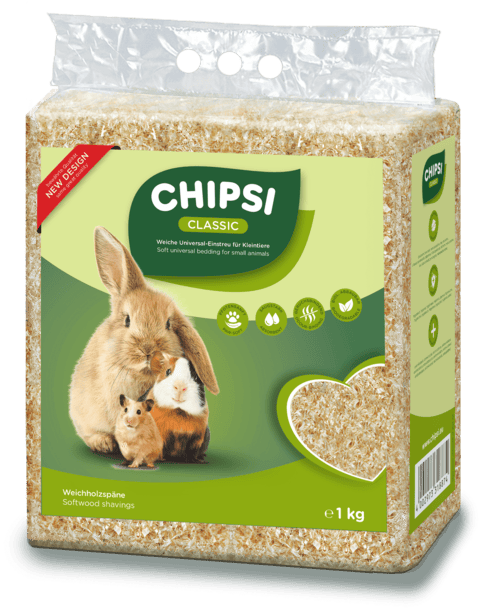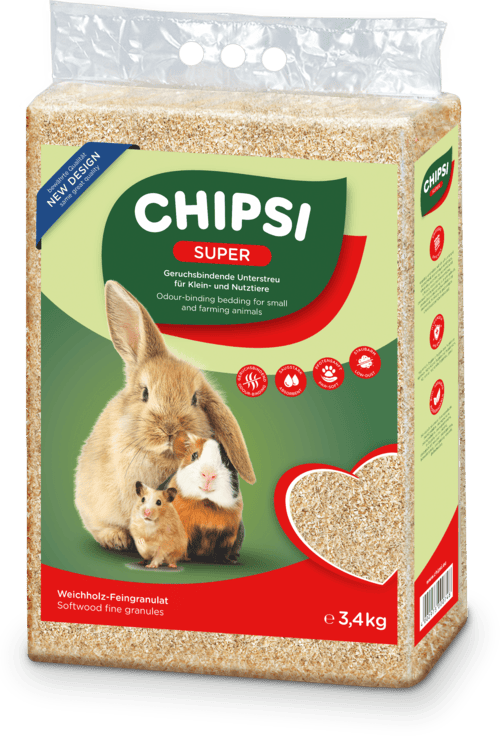Llamas - Attentive Observers with a Calm Nature
Species-appropriate husbandry – How to make them feel comfortable
In company instead of alone
Llamas must never be kept alone. Groups with at least two animals are ideal – e.g. mares or castrated stallions (geldings) that live peacefully together.
Space to graze and rest
At least 1,000 m² of pasture area should be planned for two animals, plus 100 m² for each additional llama. The area must be securely fenced (at least 1.60 m high). A weatherproof stable with a wide, draft-free exit provides protection – important: not too bright, but well ventilated.
Structure for clear processes
The stable and paddock should offer clear functional areas – with space for eating, drinking and resting. A paved paddock at the stable, non-slip flooring and fenced trees as shade providers ensure comfort in everyday life.
Please no roommates
Llamas should not be kept with other animal species – the differences in behavior and parasite susceptibility are too great.

Cleanliness & Hygiene
🧼 Weekly change
💦 Fresh water
Freshness every day
Manure and urine areas in the stable and in the paddock should be cleaned daily. This keeps the environment clean and healthy.
Thorough cleaning
Renew the litter and the floor material completely once a week. This should also be done more often in damp weather.
Clean drinking water
Regularly checked drinkers or buckets ensure the water supply. Only fresh water keeps the animals healthy.

Nutrition
🌾 Hay & roughage
💎 Salt & mineral licks
Llamas are undemanding herbivores. In addition to grasses and hay in the pasture, they need structure-rich food in the stable – e.g. in the form of hay boxes standing on the floor. Salt and mineral licks are also useful. Clean drinking water must always be accessible, preferably via buckets or float drinkers.
Grass as a basis
Llamas are undemanding herbivores. The basis of their daily diet is pasture grass and hay.
Feed with structure
Roughage in the stable, for example in hay boxes, supports digestion and stimulates the natural feeding behavior on the ground.
Supplement minerals
Salt and mineral licks are mandatory. They ensure a balanced supply and promote vitality.

Activity
🐾 Natural movement
🍂 Feed incentives
Variety for head and body: Llamas love structured pasture areas with small hills, groups of trees or visual barriers. Hay portions that are offered in different places also stimulate movement and promote natural feeding behavior.
Variety in the terrain
Small hills, groups of trees or other visual barriers on the pasture encourage the animals to move and explore the surroundings.
Movement keeps you fit
Llamas like to run and stay physically and mentally fit through varied areas.
Eating with fun
If hay is distributed in different places, the natural search and feeding behavior is promoted and variety is ensured.









